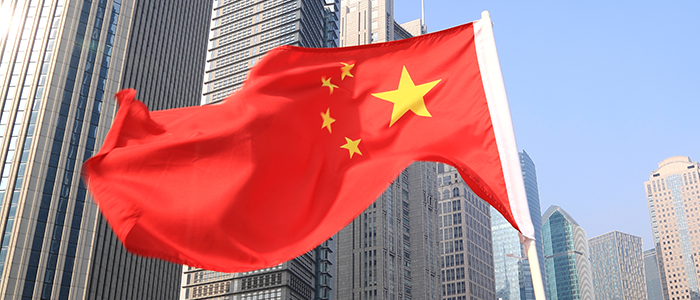Exclusion Requests Allowed on China Retaliatory Tariffs
Exclusion From China Retaliatory Tariffs
China announced it would begin accepting exclusion requests on June 3, 2019. The requests will be applied to the recent retaliatory tariffs that were announced on June 1, 2019.
Background
The original retaliatory tariffs, in this case, came after President Donald Trump and President Xi Jinping met in Washington to discuss trade talks between United States and China, but unfortunately did not come to an agreement. After the talks concluded, President Trump imposed the increase from 10% tariffs to 25% tariffs on Section 301 List 3 products of $200 billion worth of U.S. imports from China which went into effect on June 15, 2019. In return, China retaliated and announced it would raise tariffs on approximately $60 billion worth of Chinese imports from the United States starting June 1, 2019 (Beijing time). The list of goods this affects does not change from what was announced in the Fall of 2018, however the increase could reach as high as 25%.
The following U.S. imports affected include:
Category 1 –
includes cotton, machinery, grains
increase from 10% to 25%
Category 2 –
includes aircraft parts, optical instruments, certain types of furniture
increase from 10% to 20%
Category 3 –
includes corn flour, wine
increase from 5% to 10%
Category 4 –
includes certain types of chemicals, rare earths, medical equipment
remains the same at 5%
More on the Exclusion Process
According to Sandler, Travis, and Rosenberg, “China has now formalized a process under which Chinese companies who import, produce, or use any goods subject to these retaliatory tariffs, or their industry associations, may request an exclusion from the tariff for those products. For products on List 1 ($34 billion) or List 2 ($16 billion), requests may be submitted between June 3 and July 5. For products on any of the four additional lists ($60 billion), requests may be submitted between Sept. 2 and Oct. 18. Requests may be submitted on the website of the Ministry of Finance’s Customs Policy Research Center.
Each request will be limited to one product at the eight-digit tariff level; multiple exclusion requests will need to be filed on multiple applications. Requests should indicate, as applicable, the difficulty of obtaining the product outside the U.S., the economic hardship the tariff imposes on the requestor, and any detrimental impact from the tariff on relevant industries. Each request must include specific information about the product and the requestor.
Any exclusions will remain in effect for one year from the date they are granted.”

